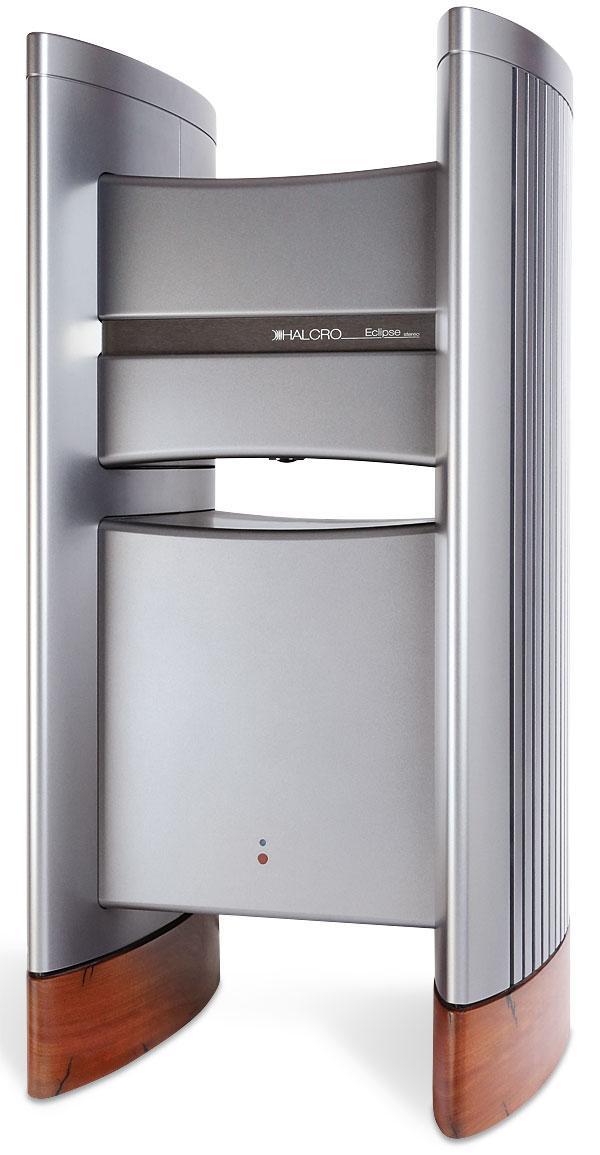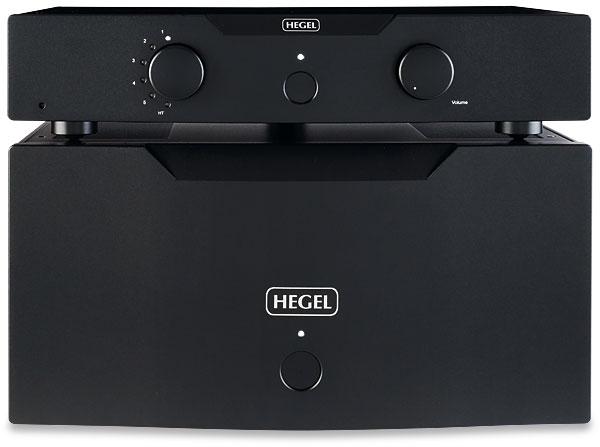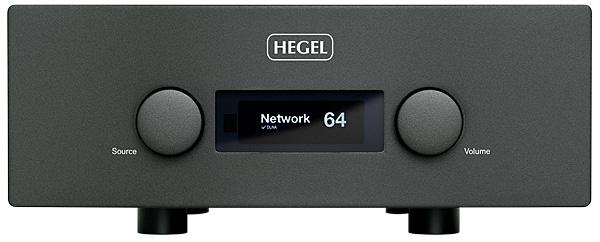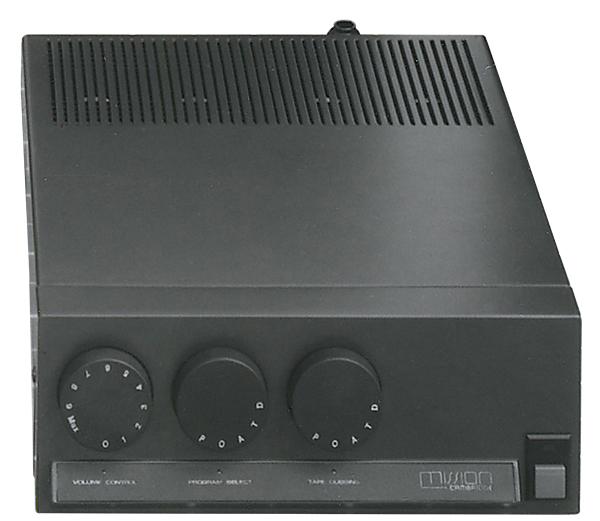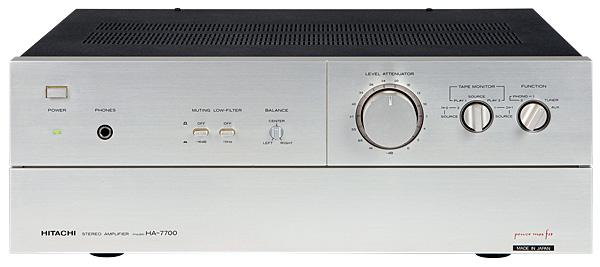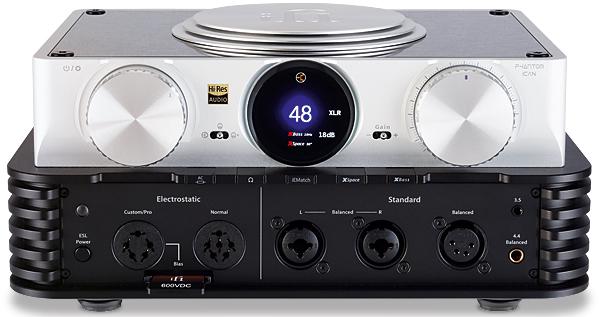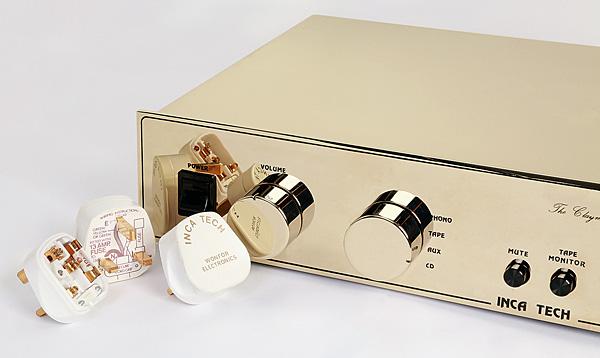Pre/Power Amplifiers
Sort By: Post DateTitle Publish Date
|
Jun 30, 2025 |
First Published: Jun 01, 2025
|
Jan 06, 2023 |
First Published: Apr 01, 2002
|
Nov 24, 2023
|
Oct 01, 2018
|
Dec 30, 2019 |
First Published: Oct 01, 1983
|
Oct 16, 2023
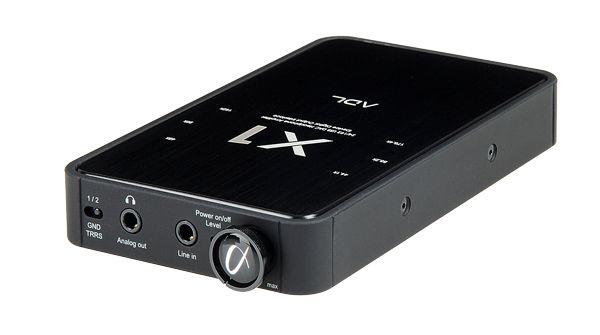
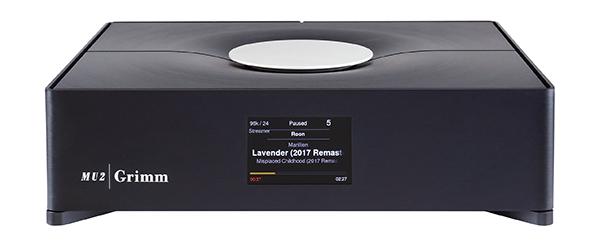
 No off-the-shelf chips for Holland’s Grimm Audio as the networking and custom code of the MU1 music server are joined by a Roon-equipped DAC/preamp in the same chassis
No off-the-shelf chips for Holland’s Grimm Audio as the networking and custom code of the MU1 music server are joined by a Roon-equipped DAC/preamp in the same chassis
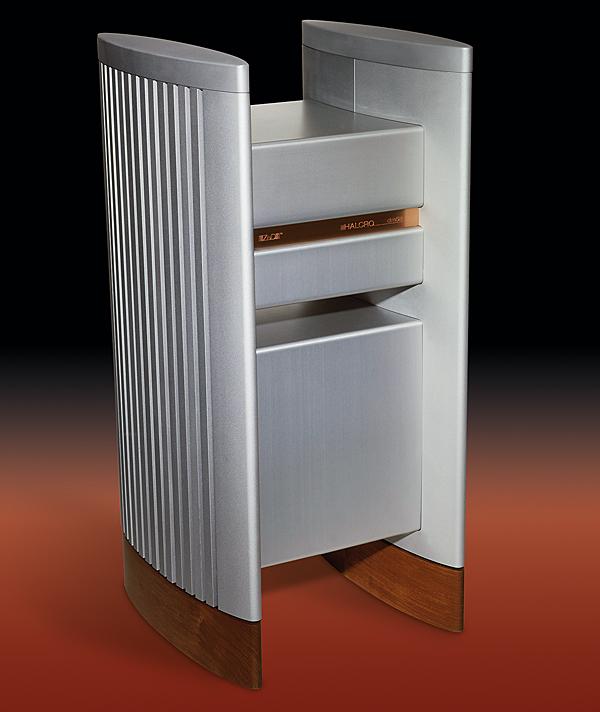
 Here's an amplifier that doesn't just look different, it's different through and through. Ken Kessler hears a potent powerhouse from Down Under
Here's an amplifier that doesn't just look different, it's different through and through. Ken Kessler hears a potent powerhouse from Down Under
